Arizona is a land of contrast.
The weather is warm and dry year-round, but it gets beastly hot in summer.
There are beautiful places like the Grand Canyon, but there are also hundreds of miles of barren desert.
There are vibrant cities, and there are ghost towns.
It is not for everyone, but if you like mild to non-existent winters, wide-open spaces, and can stand the heat, this might be just the place you are looking for.
A high percentage of the population is concentrated in the Phoenix area.
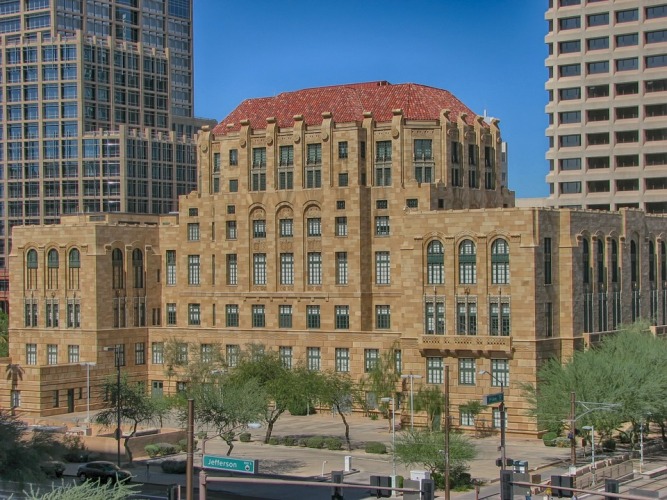
Contents
- Pros of Living in Arizona
- 1. The weather is warm and dry year-round
- 2. Living in Arizona is good for your health
- 3. Natural wonders abound in the state
- 4. The cost of living is not as low as in some states, but it is low enough to be positive
- 5. The crime rate is low in Arizona
- 6. Cities are built on a grid
- 7. The economy is strong and there are lots of jobs available in Arizona, especially in Phoenix or Tuscon
- 8. Arizona also has a lot of diversity in many areas
- Cons of Living in Arizona
- 1. While the weather can be a drawing card, it can also be a negative
- 2. Transportation can be difficult
- 3. The desert is something you need to be prepared for
- 4. While Arizona has some health benefits, there are some hazards you should be aware of
- 5. Snowbirds can also be a problem for full-time residents
- 6. Depending on your political views, this may or may not be a bad thing
- 7. Weather boredom
- 8. Jobs and people are concentrated in the two major cities of Phoenix and Tucson
- Pros and Cons of Living in Arizona – Summary Table
- Arizona Safety Overview
- Frequently Asked Questions
Pros of Living in Arizona
1. The weather is warm and dry year-round
The summers are hot, but with low humidity, it is more bearable than you might think.
With the advent of air conditioning, Arizona has become a more popular place for vacationing and retirement.
You will definitely need air conditioning in summer, and maybe in winter.
It is possible to get by without heat in most cases.
For most of the year, you do not have to worry about weather disrupting your plans.
2. Living in Arizona is good for your health
People used to move to Arizona for their health, and maybe they still do.
The warm dry air is good for your lungs.
That environment is not good for mold and other allergens, so people with allergies are a lot better off.
Warm dry air is easier to breathe.
The warm air is good for arthritis, which cold weather can aggravate.
The warmth also encourages people to get outdoors, which is also a good healthy habit.
3. Natural wonders abound in the state
There is, of course, the Grand Canyon, as well as other wonders like the Petrified Forest and the Painted Desert.
There are striped rocks everywhere, which makes the landscape even more striking.
There are deserts, hills, small mountains, canyons, and enough diversity to keep most people happy with their surroundings.
There are 22 state parks in addition to national parks.
Even the barren desert has a beauty all its own.
4. The cost of living is not as low as in some states, but it is low enough to be positive
Monthly rent, or payments on a house, are in line with the national average and have not gone up a lot recently.
The overall cost of living is 30 percent lower than in New York City.
Cities like Phoenix and Tucson are more expensive, but there are a lot of rural areas that are very cheap places to live.
Arizona tends to be at about the national average in things like utilities and the cost of food.
5. The crime rate is low in Arizona
There is some drug smuggling and human trafficking because of the international border, but crime, in general, is relatively low.
Statewide, the violent crime rate is 1.7 per 1,000 people, and the national average is 4.0.
Property crime is higher, at 23 per 1,000 people and the national average is 19 per 1,000.
Phoenix and Tucson have more crime and rural areas have a lower crime rate.
6. Cities are built on a grid
There are not a lot of old cities in Arizona, and as a result, modern cities are built on a grid system which makes it easier to get around.
Phoenix, for example, is a very big city, but it is organized to keep traffic moving smoothly.
Most streets are straight and numbered.
You will not find many winding streets with confusing names.
Getting around is a lot more intuitive than it is in many states.
7. The economy is strong and there are lots of jobs available in Arizona, especially in Phoenix or Tuscon
The tourism industry has been growing in recent years, and that sector is booming.
Construction and real estate are also areas with lots of jobs.
Healthcare, aerospace, and tech jobs are also available in the larger cities.
The average income is $50,000, which is above the national average.
8. Arizona also has a lot of diversity in many areas
There is a large Hispanic population.
Navajo and Apaches make up a large part of a large Native American population, and those languages are commonly spoken.
There is also a lot of diversity in the animal kingdom through all the different types of land in the state.
This leads to a lot of cultural activities that everyone can participate in.
Cons of Living in Arizona
1. While the weather can be a drawing card, it can also be a negative
Summer temperatures can get to 120 or higher, and that is hot even in a dry climate.
Summers can have many days in a row of more than 100 degrees, and it does not cool down much at night.
The insides of cars can get unbearably hot as well.
There are also dust storms that are more of a nuisance than anything.
It is dry most of the year, but for a few weeks every year, there is a tremendous amount of rain – called the monsoon season.
2. Transportation can be difficult
While cities are laid out on a grid, making it easy to find your way, the actual getting there can be a problem.
In many areas, there is no public transportation, and cities are not built for walking.
You will need a car to get around in almost all areas of the state.
Traffic is also bad, and commutes are long, in places like Phoenix and Tucson.
Rural areas are not so bad, but that is not where most people live.
3. The desert is something you need to be prepared for
There are some beautiful places, but much of the state is a barren desert.
The southern half is a dry red and tan landscape that is mostly empty.
There can be very long stretches — 100 miles or more — with no sign of civilization or gas stations.
There may also not be a phone signal in some of those remote areas.
4. While Arizona has some health benefits, there are some hazards you should be aware of
Rattlesnakes, Gila monsters, and black widow spiders are a few of the dangerous pests that can cause a lot of health problems.
There are also a lot of plants, and cactuses with needles, that can make you sick if you touch them.
Finally, there is valley fever, which is a fungal infection that causes a cough and fever.
It is primarily in the southern part of the state.
5. Snowbirds can also be a problem for full-time residents
Many are senior citizens getting away from colder climates.
They can contribute to overcrowding and traffic issues.
They do contribute to the economy, but your quiet neighborhood can be disrupted by an influx of people at certain times of the year.
They tend to show up during the winter months.
6. Depending on your political views, this may or may not be a bad thing
The state leans heavily conservative.
This is especially true when it comes to government spending, immigration, and gun control.
A lot of people own guns in Arizona.
This is not likely to change any time soon, so if that is a problem, you might not like it there.
You will probably encounter a lot of conservative people in Arizona, and some people are not as comfortable with that idea.
7. Weather boredom
Year-round warm weather may sound great, but even that can get monotonous.
Especially in the southern area, there are no seasons.
In the northern areas, there are two seasons – summer and a month or so of winter.
There is snow at times in Flagstaff, but it is rare, though they do get a couple of cooler months each year.
Heading north when it gets too hot in the south.
8. Jobs and people are concentrated in the two major cities of Phoenix and Tucson
Those two cities account for more than 25 percent of all jobs in the state.
While there are jobs in these two cities, you may have a hard time finding a good job in smaller towns in rural areas.
There are 7.1 million people in Arizona, five million in the Phoenix area, and one million in the Tucson area.
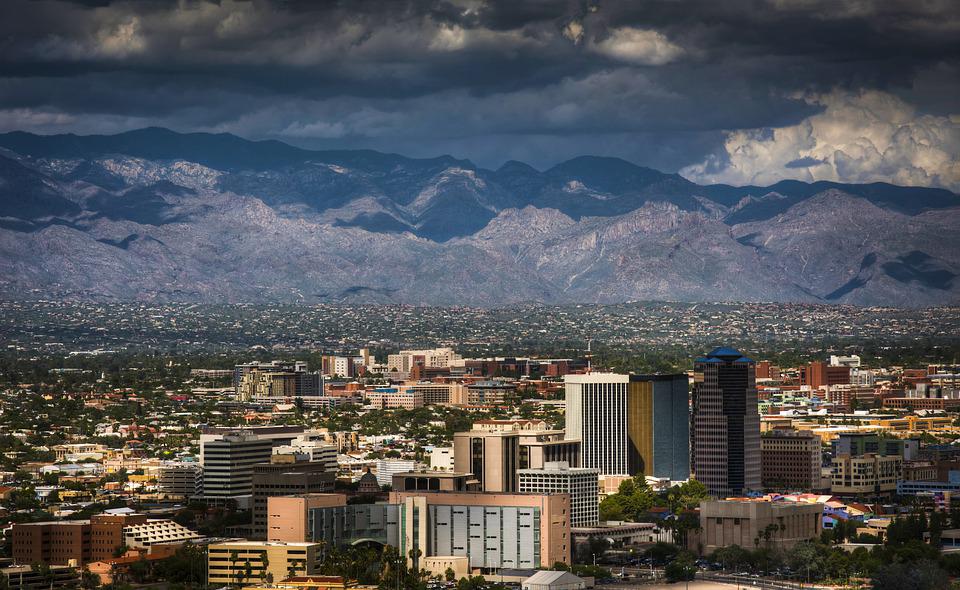
Pros and Cons of Living in Arizona – Summary Table
| Pros of Living in Arizona | Cons of Living in Arizona |
|---|---|
| 1. The weather is warm and dry year-round | 1. While the weather can be a drawing card, it can also be a negative |
| 2. Living in Arizona is good for your health | 2. Transportation can be difficult |
| 3. Natural wonders abound in the state | 3. The desert is something you need to be prepared for |
| 4. The cost of living is not as low as in some states, but it is low enough to be positive | 4. While Arizona has some health benefits, there are some hazards you should be aware of |
| 5. The crime rate is low in Arizona | 5. Snowbirds can also be a problem for full-time residents |
| 6. Cities are built on a grid | 6. Depending on your political views, this may or may not be a bad thing |
| 7. The economy is strong and there are lots of jobs available in Arizona, especially in Phoenix or Tuscon | 7. Weather boredom |
| 8. Arizona also has a lot of diversity in many areas | 8. Jobs and people are concentrated in the two major cities of Phoenix and Tucson |
Arizona Safety Overview
READ THE FULL REPORT: Arizona Safety Review
Safety Index:
- OVERALL RISK: LOW
- TRANSPORT & TAXIS RISK: LOW
- PICKPOCKETS RISK: MEDIUM
- NATURAL DISASTERS RISK: HIGH
- MUGGING RISK: MEDIUM
- TERRORISM RISK: LOW
- SCAMS RISK: LOW
- WOMEN TRAVELERS RISK: LOW
Frequently Asked Questions
What is a major outdoor sport in Arizona?
Golf is very popular in Arizona, partly for the scenery and partly for the weather.
There are more than 200 golfing locations in the state, and several resorts have more than one course.
The Phoenix area has about 50, including some that are among the best in the nation.
Why is Arizona considered a good place to go for your health?
The air is warm and dry, which makes it easier to breathe.
This also keeps mold and fungus down, which are major contributors to allergies and breathing issues.
There are not all that many plants in the desert, so there is not nearly as much pollen as there is in other areas, which also cuts down on allergies.
The dry warm air is also good for arthritis and other body problems.
What are the oldest cities in Arizona?
Tucson is the oldest “modern” city, founded in 1777, and Phoenix was started in the 1870s.
There are remnants of civilizations dating back thousands of years, but most current cities in the state are not very old in the overall scheme of things.
The Hopi town of Oraibi was started about 1100 and is the oldest continually inhabited city in the United States.
Where do most people live in Arizona?
The Phoenix area has around five million people, and there are about seven million in the entire state.
Arizona has 10 cities with more than 100,000 people, and a few of those are in the Phoenix area – such as Glendale, Chandler, or Scottsdale.
The city of Phoenix itself has 1.6 million people.
What is the hottest area of Arizona?
Lake Havasu once reached 128 degrees, the hottest temperature ever recorded in Arizona.
It trails only Death Valley in California.
The area along the Colorado River with towns like Bullhead City, Parker, and Yuma, is the hottest area.
Lake Havasu has 11 days at 123 degrees or higher, and Bullhead City has had temperatures that high 17 times.
Bullhead City has reached 126 seven times.
These towns are in the northwest part of the state, not far from Las Vegas.
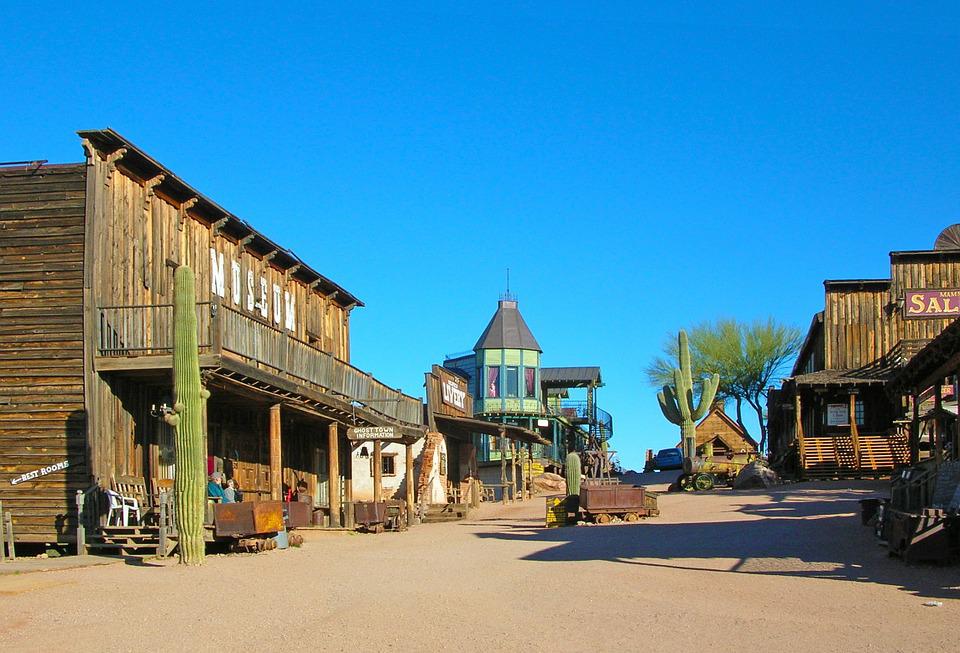
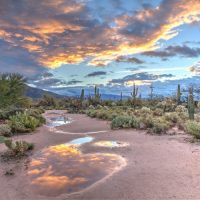
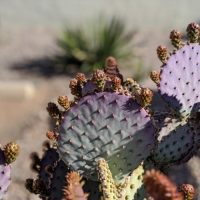
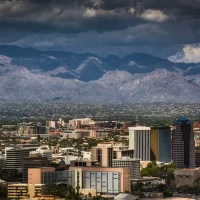
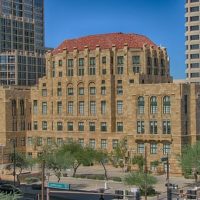
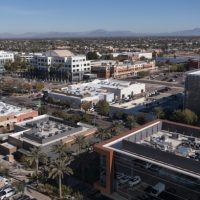
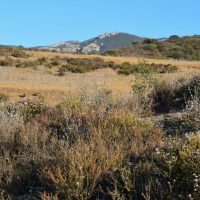





Retired to Arizona 2 years ago, best weather and the best people, much better than Minnesota where I lived before.
Living in Arizona has its ups and downs, but it ultimately comes down to personal preference. The warm, dry weather and diverse landscape offer many benefits, but it may not be for everyone.